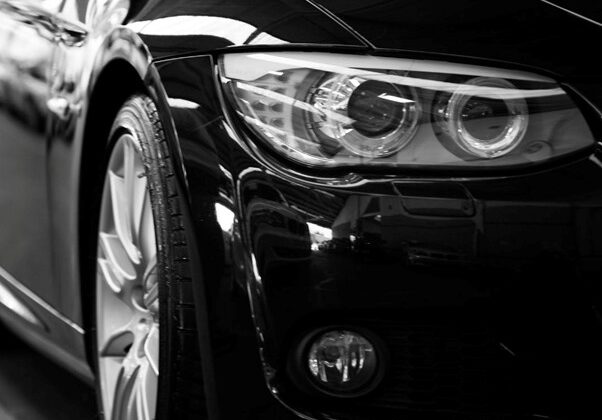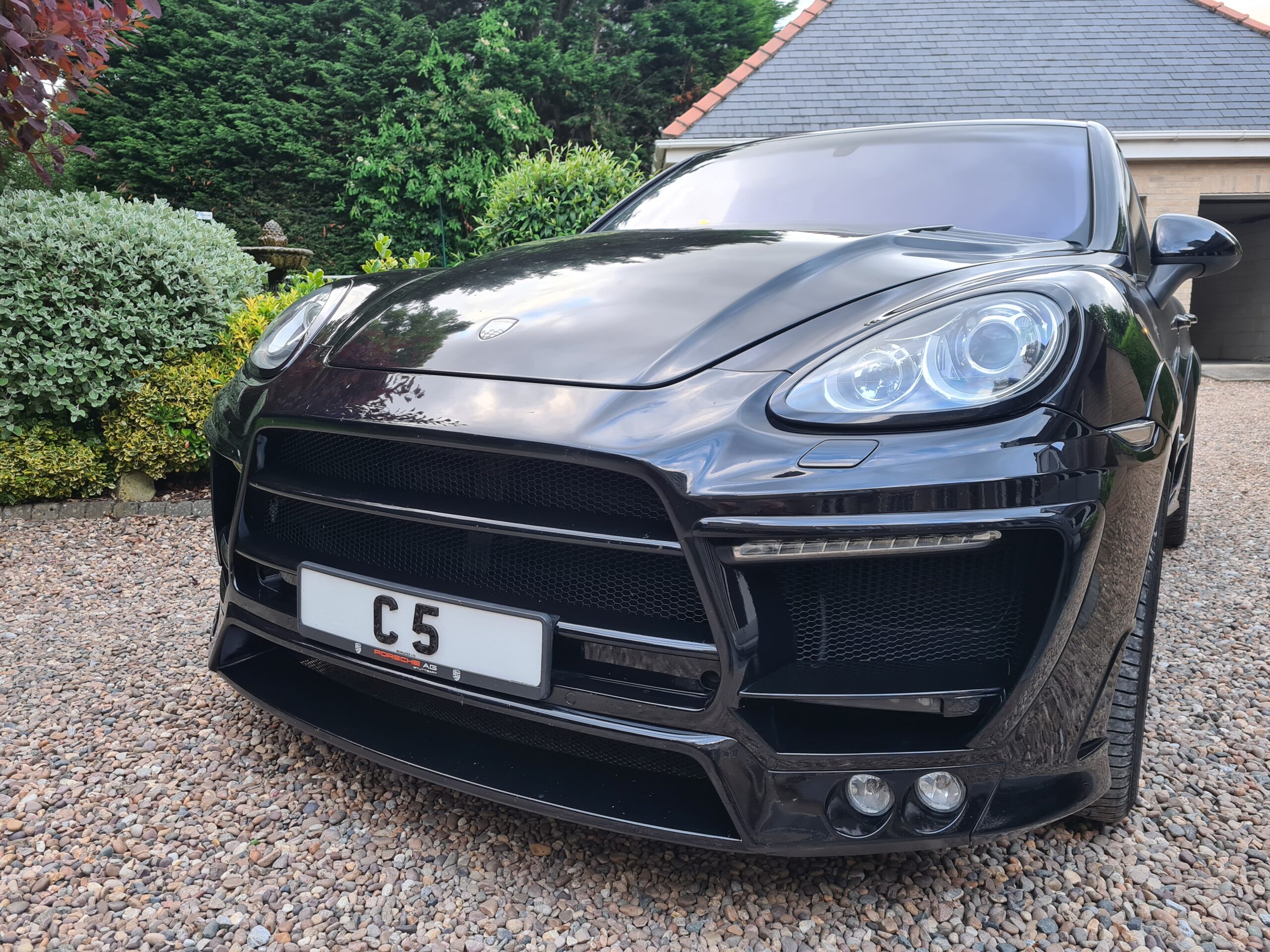
If you’ve ever bought a car, checked a vehicle’s history, or arranged insurance, you’ve likely come across the term VIN number. But what exactly is a VIN, and why does it matter? Whether you’re ensuring your vehicle’s security or verifying its history before a purchase, understanding the VIN is important. Let’s break down what a VIN number is, how to find it, and why it’s so important.
What is a VIN Number?
A Vehicle Identification Number (VIN) is a unique 17-character code that provides specific details about a vehicle. This includes information such as the manufacturer, model, year of production, and assembly location. VIN numbers are also used for tracking, such as recalls, registrations, insurance coverage, and history reports. It’s so important to verify the ownership and identity of a vehicle. VIN numbers can’t be altered on cars, unlike registration number plates, this makes them an essential vehicle identification and verification.
What Do Vin Numbers Look like?
The VIN is a 17-character code consisting of both letters and numbers. Each section of the VIN contains specific information about the vehicle. The first section of the VIN is the country and manufacturer identifier; for example, ‘WAU’ indicates a German Audi. The second section is the vehicle description, and the remaining characters are the identifier.
Where can you find a VIN?
The VIN is typically stamped onto the chassis of a car. You can usually find it in the engine bay or beneath the plastic trim around the driver or passenger door opening. Car manufacturers often repeat the VIN in multiple locations on the car. Most models sold in the UK have a visible VIN displayed near the bottom of the windscreen. This allows for easy identity checks. VIN numbers are often also displayed on plates with other car information.
Why is a VIN Important?
The VIN is important because it is unique to a specific car and cannot be changed. Unlike other identifying codes, such as registration numbers, the VIN is assigned when the car is made, and remains with that car permanently. Therefore, a VIN check is the safest way to establish a car’s true identity and confirm if a used car is suspicious. Vehicle manufacturers and registration agencies use databases of these numbers to validate a vehicle accurately. Any irregularities found during a VIN check indicate a potential problem with the car, which should be avoided.
When Should you Check a VIN?
It is essential to check the VIN when buying a used car. Verify that the VIN printed on the V5 vehicle registration document matches the number stamped onto the car’s chassis and any other plates located on the car. This check is crucial when buying a used car. Manufacturers also use the VIN to issue car recalls. If the VIN on the car doesn’t match the one on the registration document, you should not buy the car. This indicates that something is wrong.
The Dangers of VIN Cloning
Some criminals will take a VIN from a legally registered car and put it onto a stolen car. This illegal action, known as VIN cloning, is used to hide stolen vehicles. By transferring the identity of a legitimate car onto a stolen one, and creating forged documents, criminals attempt to disguise the car’s true identity. “Cut and shut” cars may also have a VIN from two different cars. Always be vigilant. If something doesn’t seem right, check carefully, or it’s best to avoid the vehicle. The VIN system should be clear, and there should be no doubts about a car’s identification number.
How to Decode a VIN Number
Understanding how to decode a VIN can provide valuable insights into a vehicle’s history and specifications. While the 17-character VIN may seem like a random mix of letters and numbers, each character has a specific meaning.
- First Three Characters – World Manufacturer Identifier (WMI): These identify the country of origin and manufacturer. For example, ‘SAJ’ represents a Jaguar made in the UK, while ‘WVW’ indicates a Volkswagen manufactured in Germany.
- Characters 4 to 9 – Vehicle Descriptor Section (VDS): This part provides details about the car’s model, body type, engine type, and safety features.
- Characters 10 to 17 – Vehicle Identifier Section (VIS): The 10th character indicates the model year, while the 11th identifies the manufacturing plant. The remaining characters serve as a unique serial number for that specific vehicle.
By breaking down the VIN, buyers can verify if a car’s specifications match what is being advertised. If any discrepancies arise, it may signal tampering or misrepresentation. Many online VIN decoding tools can help interpret these numbers, making it easier to check for inconsistencies before committing to a purchase.
VIN, Chassis Number, and Engine Number
A car’s VIN is sometimes also called its chassis number. The Vehicle Identification Number is stamped onto the chassis of the car. Car engines are not fixed to the car like other components and can be replaced. Therefore, in addition to a chassis number, all cars are given an engine number. The engine number indicates the engine’s size and power output. A separate engine number means that if the engine needs to be replaced, it can be done without the car needing to be scrapped, it will simply be given a new engine number.
VIN Checks and Used Car Purchases
Before purchasing a used car, it is essential to carry out a VIN check. Many companies offer VIN check services. If the check uncovers any irregularities, it is a warning sign that something is not right. This could range from a cloned VIN to a car with a hidden history. You should always check that the printed VIN matches the stamped version and any other plates. Always proceed with caution, as any differences are a sign of potential problems.
Final Say
To conclude, the Vehicle Identification Number (VIN) is a key identifier for all vehicles. It provides unique details that can help in identifying the make, model, and origin of the car. Checking the VIN is crucial to protect yourself from potential fraud or purchasing a vehicle with an unreliable history. Understanding the nature of a VIN, how it is constructed, and where to find it can help safeguard you from the risks of buying a car with hidden problems.

Jon Cherry is a Director of leading personalised number plate dealer Regplates.com. Jon has over 25 years industry experience handling some of the most expensive plates ever sold with many high profile and celebrity clients. Active since 1991 in the number plate industry, Jon is currently Chairman of the Cherished Numbers Guild, a trade body representing number plate dealers in the UK. Jon has written many articles on the industry and insight into the future of numberplates and the market as a whole.




